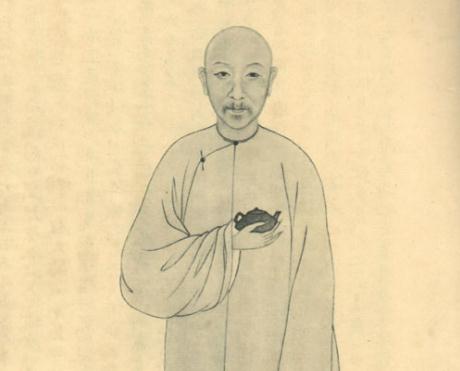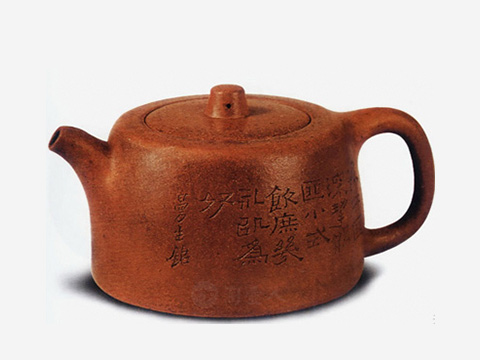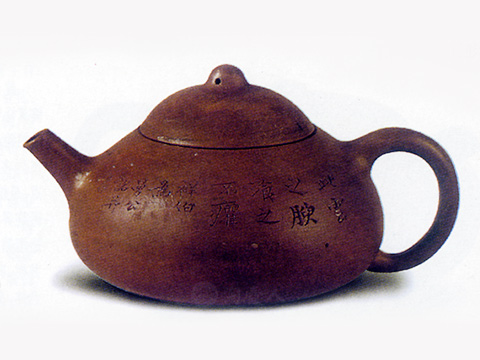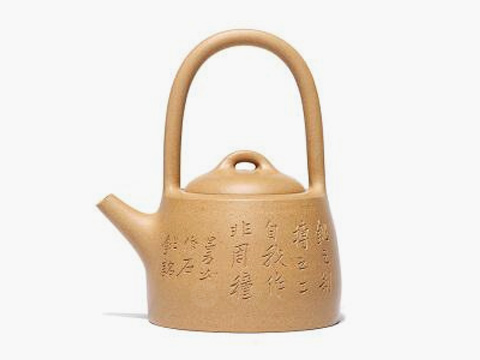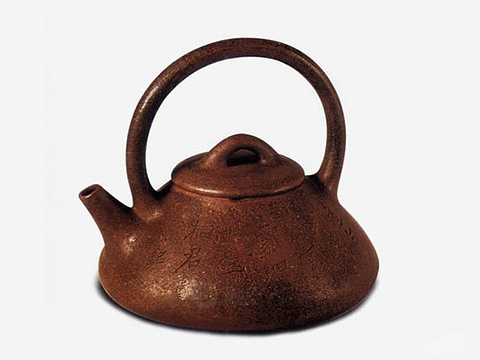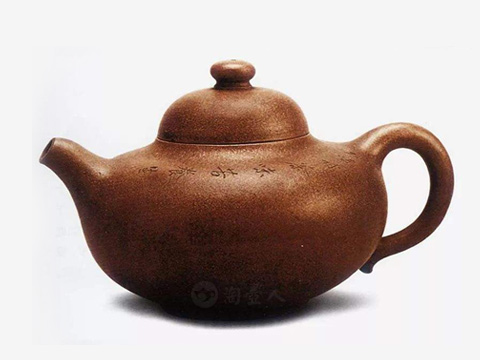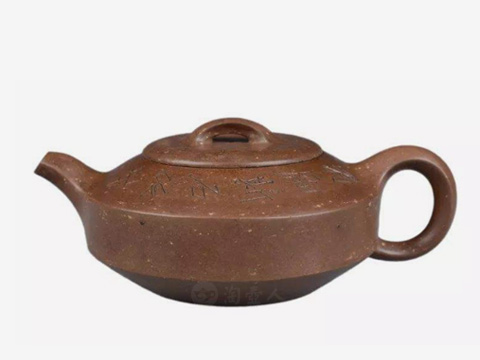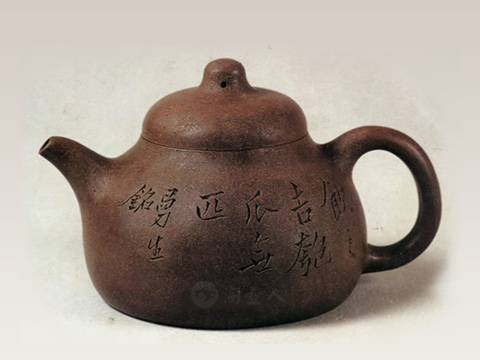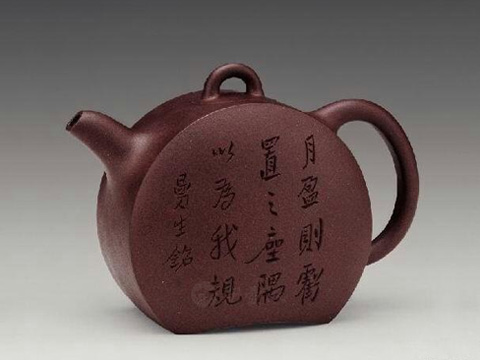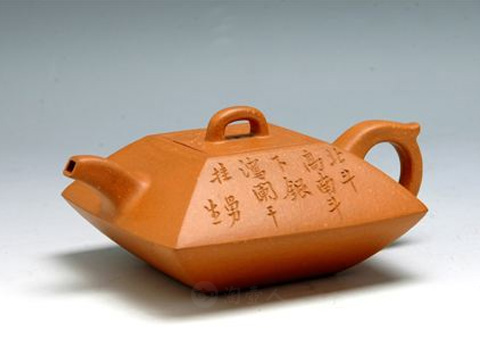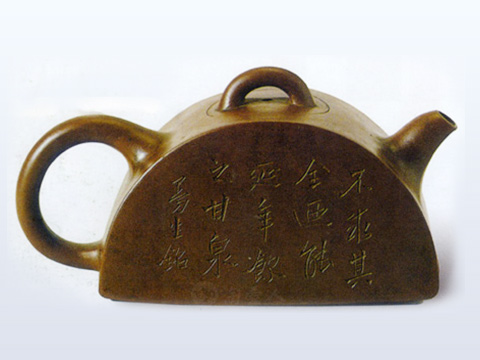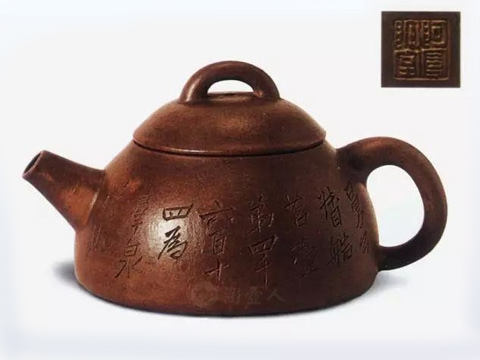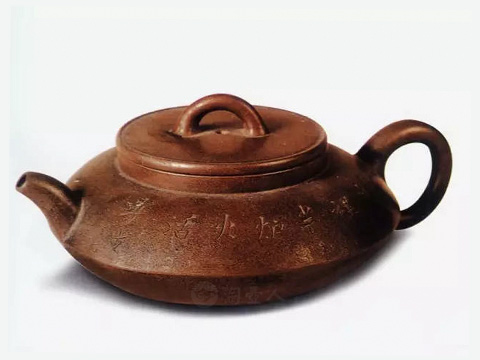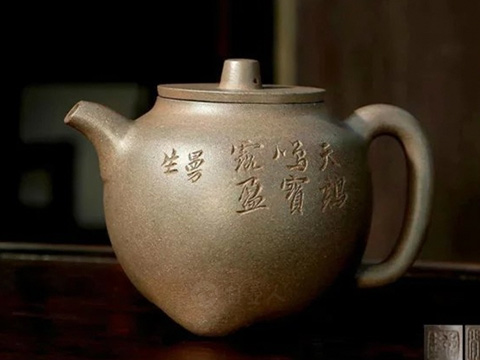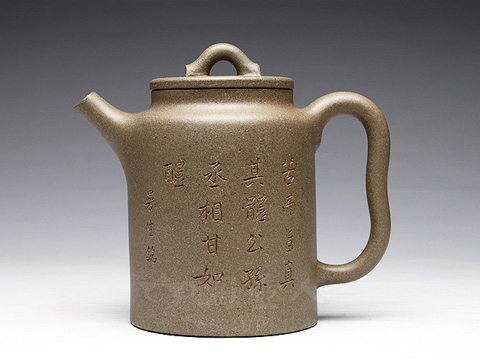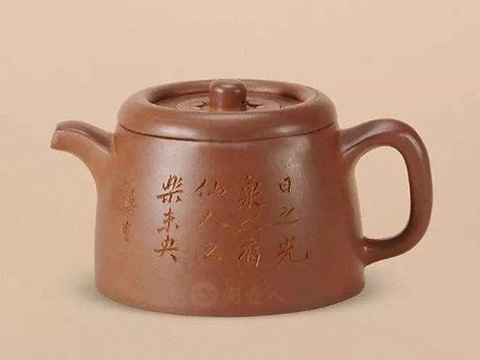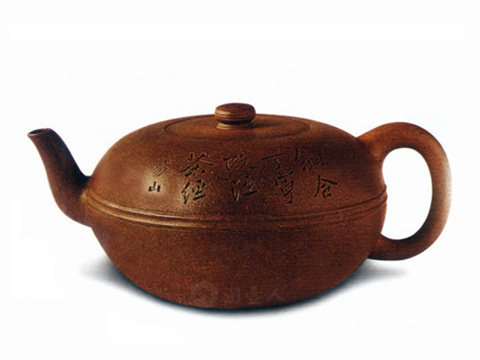18 shapes of Manshen teapots (Chinese: 曼生, pinyin: Màn shēng).
The teapot is a treasure, and the painting adds value to it. Manshen teapots, like purple clay teapots, are a perfect combination of different arts - painting and poetry.
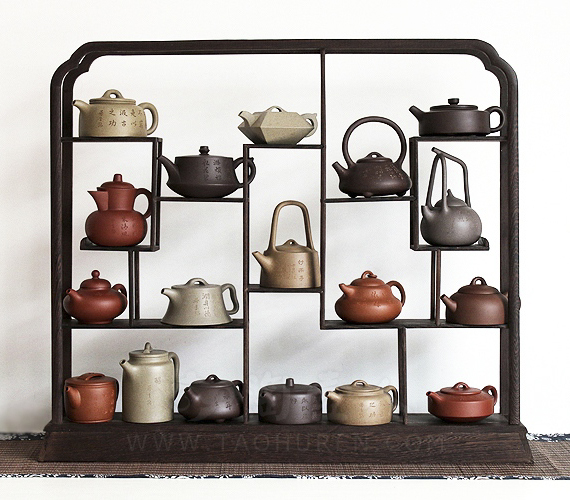
The unique aesthetics of literature, the artistic conceptuality of poetry, the elegance of calligraphy, the etherealness of painting, the simplicity of gold and stone are organically integrated into the shape of this type of teapot. The art of making purple clay teapots has reached its perfection, which is admired by contemporaries and will be admired by future generations. Products made with unrivaled craftsmanship are considered by the community of connoisseurs of purple clay teapots as works of art.
Before Manshen, purple clay teapots were mostly traditional in shape, often repeating each other and not subject to significant changes. However, teapots created by Chen Manshen overcame this conservatism and constraint, having a “square and round” shape (Chinese: 方非一式, 圆不一相, pinyin: Fāng fēi yīshì, yuán bù yī xiāng). His teapots are simple, bright and clear in shape, with plenty of free space on the surface, decorated with poems and inscriptions.
Mansheng's teapots are distinguished by their variety of shapes, they are simple and elegant at the same time. Made by the great master, the products influenced the tradition of making purple clay teapots. Combining the skills of calligraphy, engraving, sculpture, literature, they created a unique style in art. Teapots became the first examples of such a synthesis of arts. Their creator Mansheng will forever remain in the history of cultural tradition. The expression "A teapot is a treasure, and painting gives it value" (Chinese: 壶随字贵, 字依壶传, pinyin: Hú suí zì guì, zì yī hú chuán) reflects the essence of the great master's works.
Biography
Chen Mansheng (1768–1822) was from Qiantan (Chinese: 钱塘, pinyin: Qiántáng), from Zhejiang Province (Chinese: 浙江, pinyin: Zhèjiāng), during the Qing Dynasty (Chinese: 清, pinyin: Qīng). His real name is Hongshou (Chinese: 鸿寿, pinyin: Hóng shòu), and his pen name is Zigong (Chinese: 子恭, pinyin: Zi gōng), also known as Mansheng (Chinese: 曼生, pinyin: Màn shēng), the first Daoist Zhongyu (Chinese: 一号种榆道人, pinyin: Yī hào zhǒng yú dàoren) (note: this is a title emphasizing mastery in a certain field), Mangong (Chinese: 曼公, pinyin: Màn gōng), Head of Jiagu Pavilion (Chinese: 夹谷亭长, pinyin: Jiā gǔ tíng) zhǎng), Xuxi Yuyin (Chinese: 胥溪渔隐, pinyin: Xūxīyú yǐn) and other names. He was a master of calligraphy and engraving, master of many calligraphic styles, including cursive, classical and printed. His calligraphy was distinguished by its elegance and expressiveness. He was one of the greatest masters of his time.
Chen Mansheng used the Qing (秦, pinyin: Qín) and Han (汉, pinyin: Hàn) dynasty seal style in his works. He studied under many famous calligraphers and painters, including Ding Jin (丁敬, pinyin: Dīng jìng) and Huang Yi (黄易, pinyin: Huáng yì). His works were bold and expressive, combining simplicity and independence, conveying a profound and ancient art. Mansheng used a refined and painterly style, characterized by swiftness and grace, with each stroke appearing natural and free, and the chisels leaving clear and straight marks, giving his works a sense of strength. The style was simple but expressive. He is considered one of the great masters of the Eight Schools of Xilin (Chinese: 西泠八家, pinyin: Xī líng bā jiā).
Around the 21st year of the Jiangqing (Chinese: 嘉庆, pinyin: Jiāqìng) reign (1816), Mansheng was appointed governor of Liyang (Chinese: 溧阳, pinyin: Lìyáng) County, where he began to show interest in the art of making purple clay teapots. He created 18 designs of purple clay teapots on his own, after which he invited craftsmen such as Yang Pennian (Chinese: 杨彭年, pinyin: Yáng péng nián), Yang Fen Neng (Chinese: 杨凤年, pinyin: Yáng fèng nián), and Shao Erchuan (Chinese: 邵二泉, pinyin: Shào'èr quán) to make pieces based on his designs. He also inscribed his own teapots and named them "Mansheng Teapots".
Eighteen Forms of Mansheng
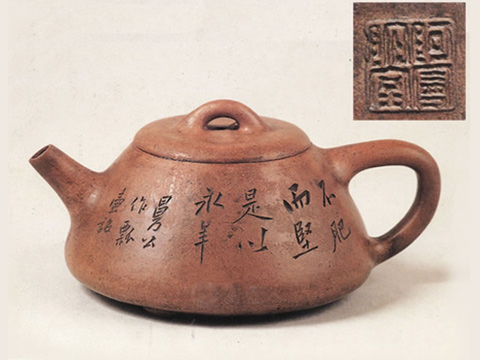
|
Shipiao (Chinese: 石瓢, Pinyin: Shí piáo)The inscription on the teapot: "Not thick, but strong, therefore eternal" |
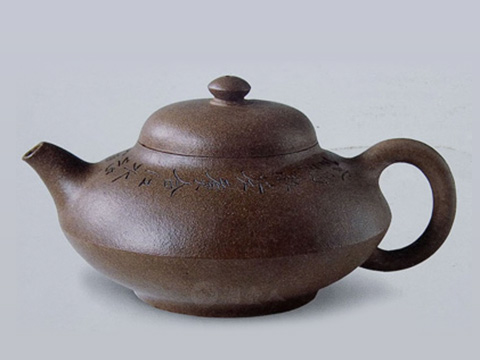
|
Hehuan (Chinese: 合欢, pinyin: Héhuān)The inscription on the teapot: "Eight loaves of bread, and above them are swans and phoenixes, and whoever first finds a female will prosper." |
Other Mansheng teapots
- Комментарии
- Вконтакте





